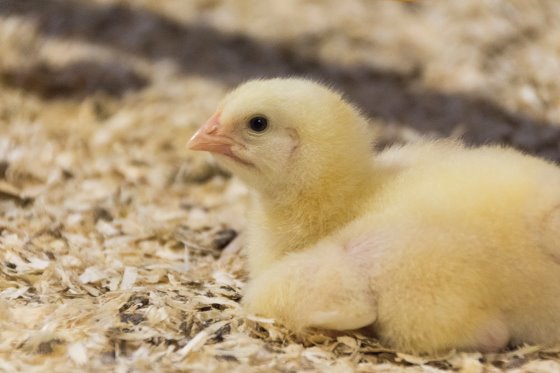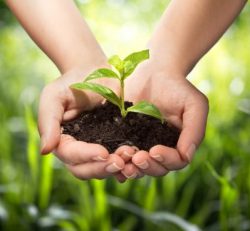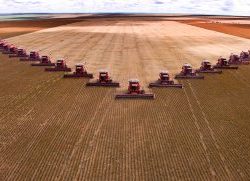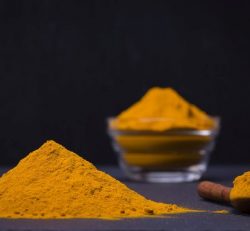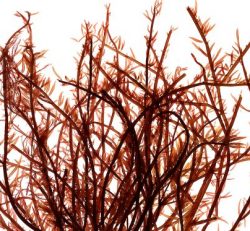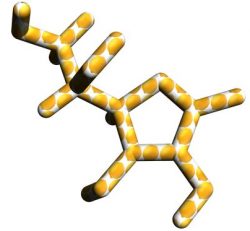VIRTUAL REALITY BEGINNING TO TAKE OFF IN THE POULTRY HOUSE
Signs are growing that virtual reality is beginning to make a real difference to both consumers and poultry employees.
The National Chicken Council (NCC) announced last month that it had developed a series of 360 degree virtual reality videos showing the various stages of a chicken’s life during modern, commercial production.
Consumers can see how broilers are raised
The new experience is part of NCC’s Chicken Check In programme, which serves as a resource for consumers to get the information they seek about how most broilers are raised. The virtual reality videos of the chicken’s life stages can be viewed on a mobile phone, tablet or desktop, with or without a headset. Viewers are able to watch the video in a traditional manner from a two-dimensional perspective, but unlike passively watching, the video can now rotate to see up, down, front, back and side-to-side from the original starting point.
As a result, consumers can now experience the following 360 degree video segments in the hatchery, the broiler farm and the processing plant.
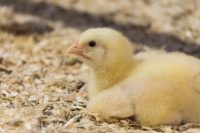
The virtual reality videos of the chicken’s life stages can be viewed on a mobile phone, tablet or desktop, with or without a headset. – Photo: Galama Media
Immersive experience
NCC spokesman Tom Super said: “We know that people want more information about chicken production and that most have not visited a chicken farm, so we are bringing the farm to them. “Through our virtual reality tours, viewers are able to see how most chickens are hatched, raised and processed in the US – it’s a fully immersive experience.”
https://twitter.com/ChickenCheckin/status/806906483019370497
Virtual reality headsets on chickens
Other forms of virtual reality are being trialled at the University of Iowa by Professor Austin Stewart, who has developed Second Livestock, which places virtual reality headsets on chickens.
This allows them to enjoy the free range live wherever they area, even if they live their lives in a colony building.
Virtual food
Virtual Free Range combines the physical and psychological benefits of free range life with the safety and security of conventional agriculture. Chickens are free to roam, socialise and even eat “virtual food”, which appears in the virtual world where their real food trays are located.
Training can be boosted through virtual reality particularly in processing lines. For example, virtual reality can be used to train line workers how to trim meat, walk through a house without disturbing the birds or even how check the animals.
Augmented reality
Meanwhile, augmented reality, which enhances a user’s view of the world, either by overlaying information or showing things which the human eye cannot detect is also gaining pace.
Researchers at Georgia Tech’s Agricultural Technology Research Programme have designed two systems that project graphical instructions from an automated inspection system onto birds on a processing line. These symbols tell workers how to trim or whether to discard defective products.
Augmented reality can also be used by the consumer to receive more information about the source and processes which their food has been through.
Tony McDougal
Freelance Journalist
Source: www.poultryworld.net


